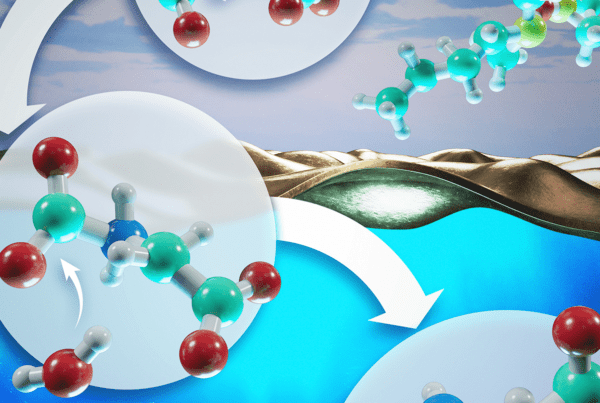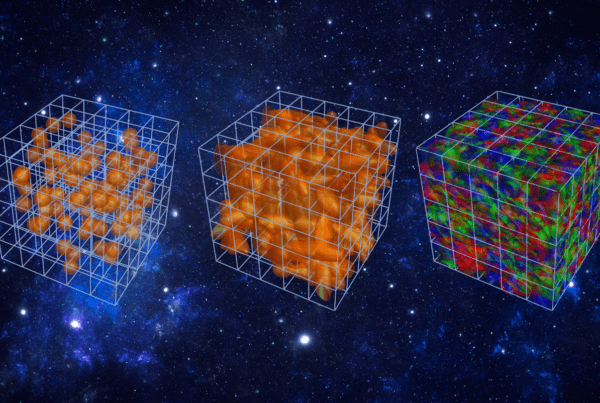Using machine learning and simulations, scientists at the US Department of Energy’s Oak Ridge National Laboratory (ORNL) have confirmed a relationship between two mechanisms used to explain the ductility properties of magnesium alloys, according to a study published in Materials & Design.
For the study, scientists analyzed data from previous research using the power of the world’s fastest supercomputer for open science, Summit at ORNL’s Oak Ridge Leadership Computing Facility (OLCF).
The method used could be applied to the study of other types of alloys.
As the lightest structural metal discovered to date, magnesium has presented itself as a promising material for the next generation of automobile and aerospace products. Magnesium also provides a high strength-to-weight ratio, and it is capable of good heat and electrical conductivity.
There is just one caveat: in its natural state, magnesium doesn’t allow for much change in its shape without breaking. To solve this problem, scientists combine it with other materials. This results in magnesium alloys with the ability to be flexible under stress, a property known as ductility.
For years, the ductility of magnesium alloys has been explained through two mechanisms that have been widely acknowledged by researchers.
“These two mechanisms have often offered similar predictions on alloy ductility. However, they are vastly different, and for that reason, the relationship among them has remained unclear,” said Junqi Yin, an OLCF computational scientist and coauthor of the study.
Materials of the future and machine learning
To better understand the relationship between the two mechanisms, Yin and his coauthor, former OLCF postdoctoral fellow Zongrui Pei, performed first-principles calculations on Summit to assess the physical properties of the potential alloy materials. They needed to estimate physical quantities used for descriptors of the two mechanisms in order to make predictions about alloys’ ductility.
To evaluate those predictions, they then developed a machine learning model based on elemental properties that are readily available.
Making first principle simulations is a computationally expensive process that would not be possible on a desktop computer, Yin said.
Yin and Pei’s work is a continuation of an ORNL Laboratory Directed Research and Development Program-funded project led by Markus Eisenbach, a computational scientist with the OLCF who specializes in condensed matter and materials science. This work used OLCF computing resources made available through an Innovative and Novel Computational Impact on Theory and Experiment (INCITE) allocation also led by Eisenbach.
“Summit has significantly speeded up the first-principles calculations in material sciences, but predictions using traditional descriptors can still take hours while our machine learning-based method can make quick screening predictions and then verify the promising candidates with full-on simulations,” Yin added.
The methodology developed for this study can also be used to further research in other areas of materials science.
“The next step for us is to test this method to have a better understanding of high-entropy alloys, and see if we can predict better combinations,” Yin said.
The OLCF is a US Department of Energy Office of Science User Facility.
Related publication: Z. Pei, J. Yin, “The relation between two ductility mechanisms for Mg alloys revealed by high-throughput simulations.” Materials & Design 186 (2019), doi: 10.1016/j.matdes.2019.108286.
UT-Battelle LLC manages Oak Ridge National Laboratory for DOE’s Office of Science, the single largest supporter of basic research in the physical sciences in the United States. DOE’s Office of Science is working to address some of the most pressing challenges of our time. For more information, visit https://energy.gov/science.






